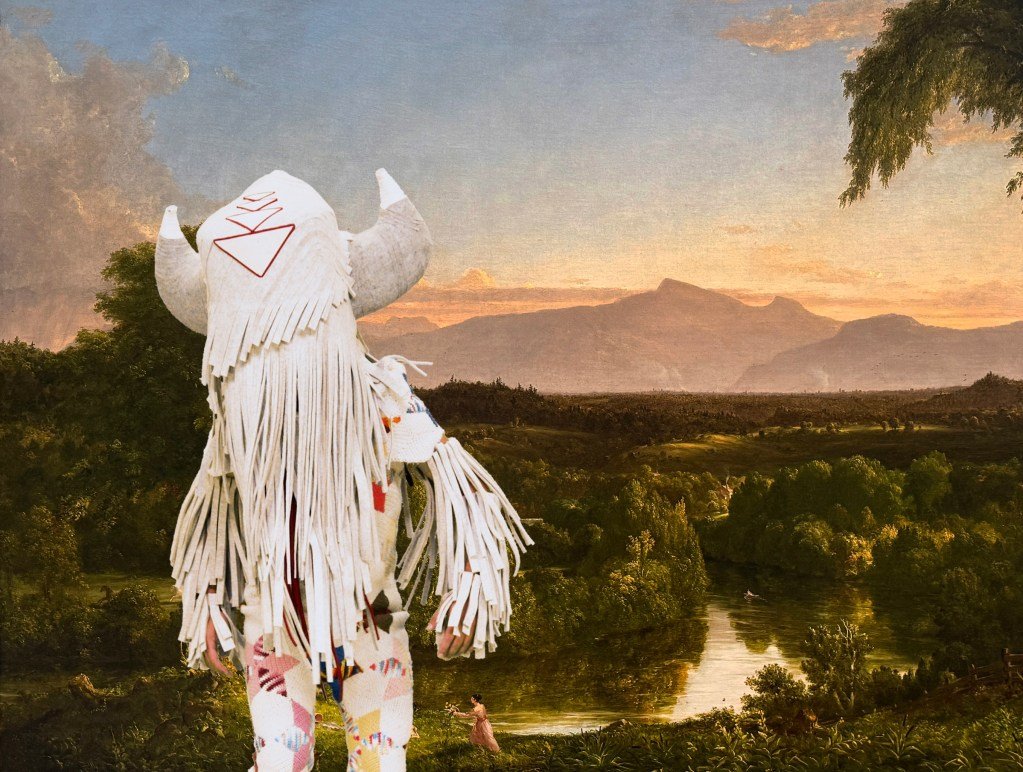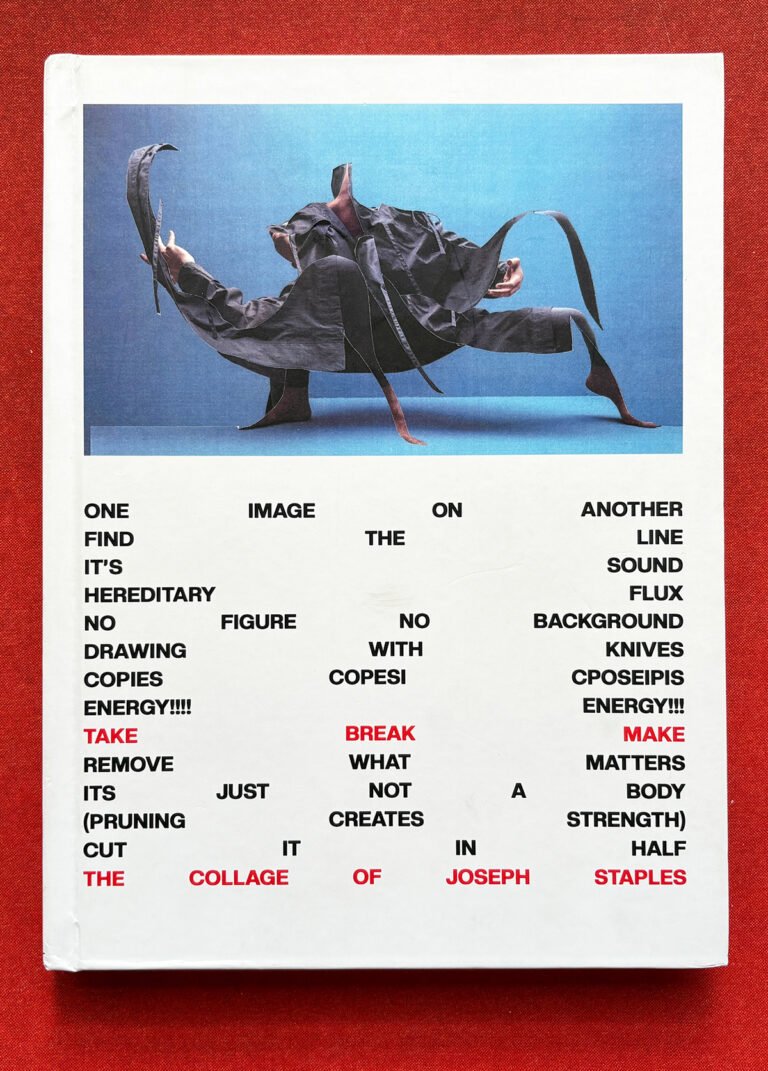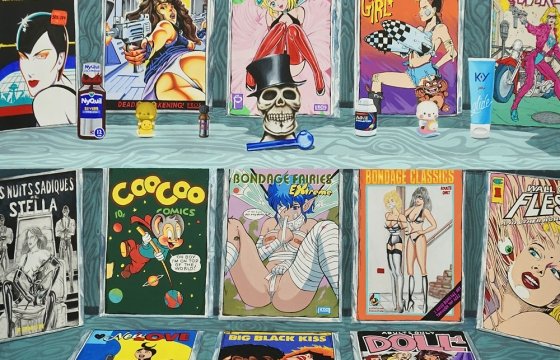


Imagine traversing the Metropolitan Museum of Art’s American Wing — the 75 galleries, the grand and sunlit atrium of Charles Engelhard Court — and watching its static paintings come to life, superimposed with the words and images of Indigenous Americans who populated the depicted landscapes long before they were painted. This Monday, October 13, on Indigenous Peoples’ Day, 17 Native artists staged a still-ongoing, unsanctioned digital intervention at the museum, using augmented reality (AR) to layer their own work atop the wing’s 19th-century paintings.
Curated by filmmaker and curator Tracy Renée Rector and an anonymous Indigenous curator who funded the project, and developed collaboratively with design lab Amplifier, ENCODED: Change the Story, Change the Future questions who is uplifted and memorialized in American history — who is American, really? — and what might happen when Indigenous artists reclaim space for themselves.

The project begins at the museum’s exterior, continuing through the American Wing’s atrium and its second-floor galleries. Using your phone’s camera, you might watch how photographer Josué Rivas transforms Thomas Sully’s “Queen Victoria” (1838) into Acosia Red Elk, an Umatilla jingle dress dancer who implores you to “be a good ancestor (“Standing Strong featuring Acosia Red Elk,” 2021). Jerome B. Thompson’s 1858 canvas “The Belated Party on Mansfield Mountain” is interrupted by two 8-bit Skoden warriors, a comic-book caption above them reading: “Look at these guys, acting like they discovered the place” (Cass Gardiner with BirdxBird, “Skoden Warriors,” 2025). Visiting the project’s website while at The Met will unlock these interventions, some of them newly commissioned and others created specifically for the experience.
“The project began almost four years ago, when Amplifier became interested in permissionless installations made possible by augmented aeality,” Cleo Barnett, Amplifier’s executive director, told Hyperallergic, clarifying that “this is not our story … This is an artist-led act of reclamation.” The title came from several conversations between Rector and featured artist Jeremy Dennis, a member of the Shinnecock Nation, in which the two discussed oyster shells and shell middens — mounds of bones, shells, and other revelatory debris left by the human inhabitants of a given area.

For Rector, staging a show in Lenapehoking territory meant considering what she describes as “those histories of this region that are often unseen, or at least not immediately apparent to many,” with The Met as a kind of microcosm for those narratives. The landscape’s hidden histories are unearthed: Nicholas Galanin’s “NEVER FORGET” (2021) alchemizes Jasper Francis’s Cropsey’s “Valley of Wyoming” (1865), from a painting that “romanticize[s] settler visions of land as empty, promised, or waiting to be possessed … into a demand for recognition and return.”
“It’s a call to action,” Galanin added. “The work insists that land acknowledgement must lead to land back, and that repair must replace nostalgia.”

For its part, the museum has worked to establish accountability around Native art and history, hiring Patricia Marroquin Norby as its first associate curator of Native American Art in 2020 and, the following year, exhibiting 139 works by 50 tribes from the Charles and Valerie Diker Collection (along with a bronze plaque, permanently affied the museum’s façade, featuring a land acknowledgement). In conjunction with that show, The Met invited Native historians, artists, and curators to reflect on several pieces in the same wing where ENCODED takes place. But while the entire team is aware of the museum’s recent attempts toward representation and inclusion, Barnett explained, “there still would have been elements of control that we believed needed to be bypassed so that artists were not controlled or told their works were too aggressive or controversial.” She cited as an example Galanin’s “How Bout Them Mariners” (2014), which uses Charles Schreyvogel’s “My Bunkie” (1899) to address the 2010 police killing of John T. Williams, a First Nations woodcarver.

According to the organizers, the project is not a protest but an expansion. “The unsanctioned nature of this exhibition is the work,” Cannupa Hanska Luger told Hyperallergic.
“Acting without permission inside a space such as The Met, that supposedly defines ‘America’ through historical art, is in itself a reflection of our very existence as a disruption to the colonial agenda,” Luger continued. “As Indigenous people we have always existed without institutional consent.”
Luger’s work, “Midéegaadi: Fire” (2021–ongoing) superimposes a buffalo dancer onto Thomas Cole’s “View on the Catskills – Early Autumn” (1836–37), in the form of a graceful giant. In another piece, the dancer appears to walk above the museum’s Fifth Avenue entrance. He’s calling back, he said, “the original inhabitants — the buffalo and their human relatives,” insisting “that our relationship to this land never disappeared.” This is key, said Rector, “at a time when so many narratives are being actively erased.”
Because ENCODED doesn’t disrupt The Met’s collections or operations and functions more like a demonstration of what’s possible, the hope is that the museum will acquire some of the works and activations — and, perhaps, find a way to continue this ongoing dialogue.
“It’s a reminder that American history might be frozen, but Indigenous culture is alive and moving,” said Luger.



